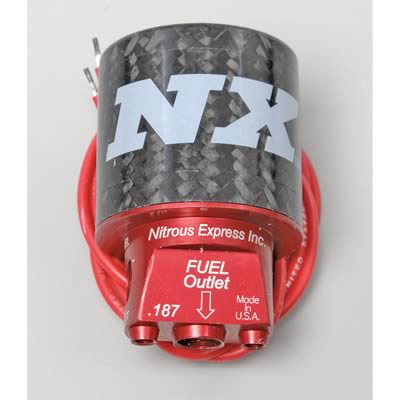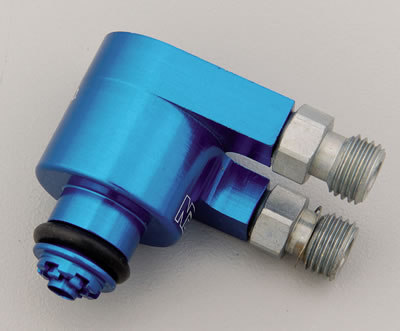So I’m bored of waiting for an ethanol station, and I’ve driven past propane refilling stations. Propane has all the same octane benefits, and when injected as a liquid, has comparable cooling qualities. As an added bonus, people have been using it as a fuel for years and there is already a large knowledge base.
So I’m thinking about a secondary fuel system and control for OBD compliance.
So I’m thinking about a horizontal forklift tank in the trunk or underneath. Should hold about 8 gallons. Standard straps should make refilling a breeze, and they’re cheap enough used to have a couple for hot swap.
Next, standard lines should be available from like Parker or wherever.
Since everything will still be liquid, I should be able to get away with this:

It is rated for gas and alky so pane should be okay (?). It has a 1:1 boost reference and the return port would be piped to the vapor fitting on the tank. I haven’t done the math to check orifice sizes and pressures, but with a range of 30-100# this should be fine.
I may need to add a filter and lockout. I’d like to talk to people who have more experience w/ propane.
For control I want to use any one of the progressive nitrous controllers that reference MAP and RPM. (Megasquirt if I want to get fancy) I had some reservations about nitrous solenoids acting fast enough, but if they are close enough to stay stoich on a big dry shot, it should be able to reliably run an engine.
Standard Nitrous Solenoids:

plumbed to one of those clever injector riser ports

or nitrous express makes one too that I can’t find a pic of.
but that should make it simple, and just under $800. That sounds a little high, compared to a gasoline fuel system upgrade.
Figuring you drive 20k per year, and use 87 octane @ $2.95/gal…
AND that pane has %75 energy density compared to gas and sells @ $2.20/gal, you would save a whopping $0.37 per year by using propane.
So you’ll never get the difference back day to day, but you’d have race fuel in the tank at all times.
Anyone else think this is feasible?